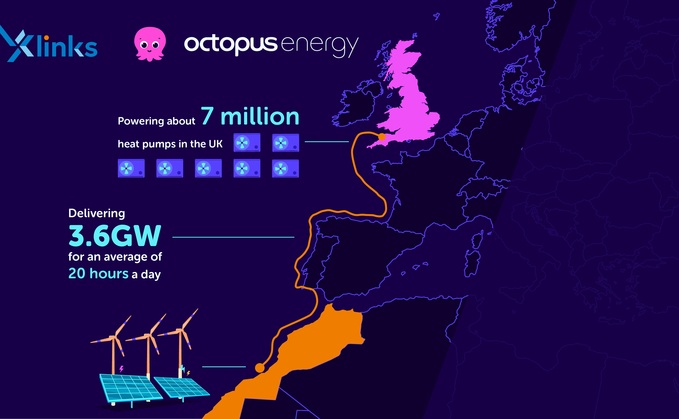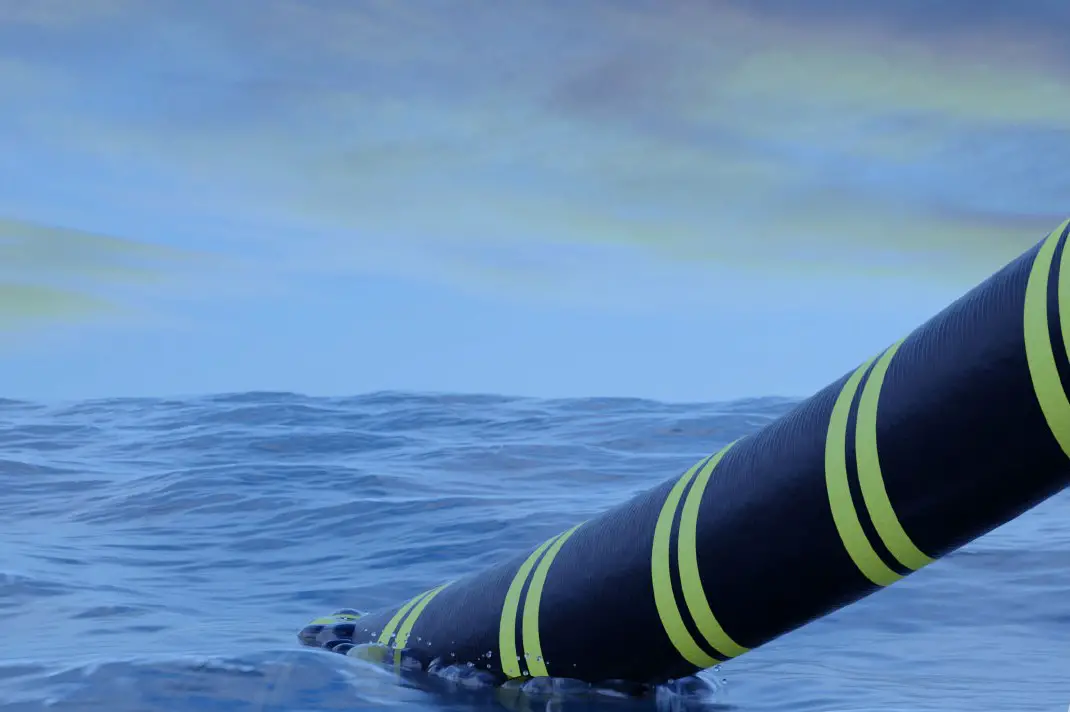The implementation of the world’s longest interconnector project, the Morocco-UK interconnector project faces a major setback. The proposed project has seen a projected cost rise to £24B according to the project developers Xlinks. The project’s implementation is the first of its kind in the world as it is expected to pass through four countries in Europe. The scope of the project entails the construction of four 3,800km, high voltage direct current (HVDC) cables. The cables will run from the south coast of the UK, and pass through France, Spain, and Portugal undersea. Finally, the cables will resurface onshore for a planned solar and wind energy project in Morocco. Once completed, the world’s longest interconnector project will reportedly provide for 8% of the UK’s electricity demand. In a recent update, Xlinks confirmed the prospected construction cost has risen to £22-£24bn, a rise of 10-20% from the original estimate of £20bn.
The Significance of the World’s Longest Interconnector Project
 Xlinks remains committed to delivering the world’s longest interconnector project in the next decade. “The project will supply 8% of the UK’s electricity demand, with affordable, reliable, clean power. We continue to make good progress in raising the private capital needed to deliver the project. Furthermore, constructive dialogue with key stakeholders, including the UK’s Department for Energy Security and Net Zero,” noted Xlinks’ first chief executive James Humfrey. The project will not only serve the United Kingdom and improve its power grid supply, but Morocco will also benefit from the onshore wind farm. The Morocco-UK interconnector project is a significant one as it will revolutionize the power industry worldwide. This is because the successful implementation of this project will push the bounds of energy construction. It will also show that projects can transcend international boundaries to ensure they are beneficial to those who need them.
Xlinks remains committed to delivering the world’s longest interconnector project in the next decade. “The project will supply 8% of the UK’s electricity demand, with affordable, reliable, clean power. We continue to make good progress in raising the private capital needed to deliver the project. Furthermore, constructive dialogue with key stakeholders, including the UK’s Department for Energy Security and Net Zero,” noted Xlinks’ first chief executive James Humfrey. The project will not only serve the United Kingdom and improve its power grid supply, but Morocco will also benefit from the onshore wind farm. The Morocco-UK interconnector project is a significant one as it will revolutionize the power industry worldwide. This is because the successful implementation of this project will push the bounds of energy construction. It will also show that projects can transcend international boundaries to ensure they are beneficial to those who need them.
The Scope of Implementation for the Power Project
The implementation of the world’s longest interconnector project is a proposal to create 11.5GW of renewable generation. It will also see the creation of 22.5GWh of battery storage and a 3.6GW high voltage direct current interconnector. This will facilitate the transportation of solar and wind-generated electricity from Morocco to the United Kingdom. For years, Morocco has been praised as a potential key power generator for the European continent. The Morocco-UK interconnector project seeks to fulfill this ambition as the continent seeks to reduce its reliance on fossil fuels. The 3,800km cable will be the world’s longest undersea power cable. The world’s longest interconnector project is projected to be operational by 2030. As of April this year, Xlinks has received multiple investments from major energy companies across the continent. This includes companies such as the Abu Dhabi National Energy Company, Total Energies, and Octopus Energy. 
The Challenge the Morocc-UK Power Project is Currently Facing
The Department for Energy Security and Net Zero (DESNZ) that announced the maximum prices in the Contracts for Difference (CfD) renewable energy auction were rising. Xlinks noted that the significant upward pressure on the cost of all energy projects is the reason for the spike. Xlinks is also predicting the rise in projected construction costs with the estimated strike price range in 2012 prices to rise to within a range of £70-80 per MWh. This challenge has forced the projected cost of the world’s longest interconnector project to rise by 20%. These rises have been driven by macroeconomic effects, according to Xlinks. The firm referenced the impact of global events on the supply chain. The rise in pricing will see the budget of the world’s longest interconnector project restructured to meet the new numbers currently in use.
Also read:

